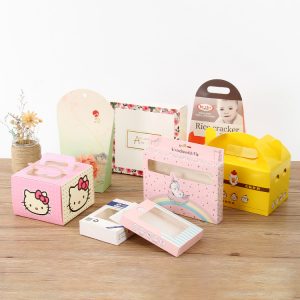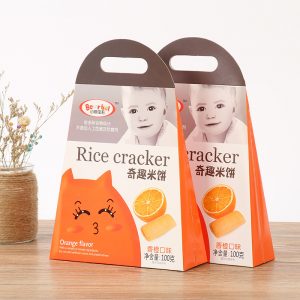Packaging innovations for fresh products have been developed to extend shelf life, maintain product quality, reduce food waste, and improve sustainability. Here are some notable packaging innovations for fresh items:
- Modified Atmosphere Packaging (MAP): MAP involves altering the air composition inside the package to slow down the deterioration of fresh products. By adjusting the levels of oxygen, carbon dioxide, and nitrogen, MAP can extend the shelf life of fruits, vegetables, and meats.
- Vacuum Packaging: Vacuum sealing removes air from the package, creating a low-oxygen environment that helps preserve the freshness of perishable products, such as meat, fish, and cheese.
- Edible Coatings and Films: Edible coatings made from natural materials like plant extracts or proteins can be applied to fruits and vegetables to reduce moisture loss and inhibit microbial growth, thus extending their freshness.
- Smart Labels and Sensors: Smart labels equipped with sensors can monitor the temperature, humidity, and other environmental conditions inside the package. This data can help suppliers and consumers track and maintain the freshness of the product.
- Time-Temperature Indicators (TTIs): TTIs are labels that change color or provide other visible indications based on the cumulative time-temperature exposure. They help consumers and retailers identify if the product has been subjected to unfavorable conditions during storage or transportation.
- Active Packaging: Active packaging incorporates elements that actively interact with the product or its environment to enhance freshness. For example, absorbing or releasing moisture, oxygen, or ethylene gas, which can influence the ripening process.
- Reclosable Packaging: Packaging with reclosable features, such as zip locks or resealable seals, allows consumers to open and reseal the package, maintaining product freshness between uses.
- Biodegradable Films: Biodegradable films made from materials like starch, cellulose, or algae can be used to wrap fresh produce, reducing plastic waste and allowing the product to “breathe” naturally.
- Nano-packaging: Nanotechnology-based packaging solutions can provide better protection against spoilage factors like UV light or oxygen and improve the product’s shelf life.
- Reusable Produce Bags: Offering reusable mesh or fabric produce bags as an alternative to single-use plastic bags helps reduce plastic waste and is more breathable for fresh fruits and vegetables.
- Compostable Packaging: Compostable packaging made from renewable materials can break down in composting facilities, reducing the environmental impact of packaging waste.
- QR Codes for Traceability: QR codes on fresh product packaging can provide information about the product’s origin, handling practices, and safety measures, ensuring transparency and building trust with consumers.
By employing these packaging innovations, producers and retailers can enhance the freshness of their products, reduce food waste, and contribute to more sustainable practices in the food industry. Additionally, consumers benefit from improved product quality and extended shelf life, encouraging more responsible consumption habits.


